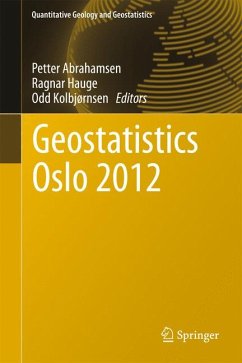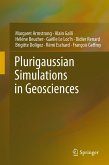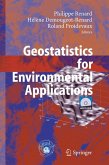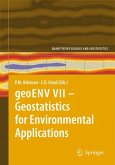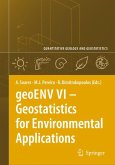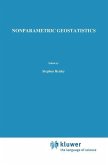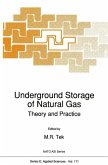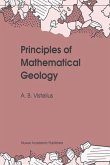This book consists of 44 technical papers presented at the Ninth International Geostatistics Congress held in Oslo, Norway in June 2012. The papers have been reviewed by a panel of specialists in Geostatistics. The book is divided into four main sections: Theory; Petroleum; Mining; and Environment, Climate and Hydrology. The first section focuses on new ideas of general interest to many fields of applications. The next sections are more focused on the particular needs of the particular industry or activity.
Geostatistics is vital to any industry dependent on natural resources. Methods from geostatistics are used for estimating reserves, quantifying economical risk and planning of future industrial operations. Geostatistics is also an important tool for mapping environmental hazard and integrating climate data.
Dieser Download kann aus rechtlichen Gründen nur mit Rechnungsadresse in A, B, BG, CY, CZ, D, DK, EW, E, FIN, F, GR, HR, H, IRL, I, LT, L, LR, M, NL, PL, P, R, S, SLO, SK ausgeliefert werden.

